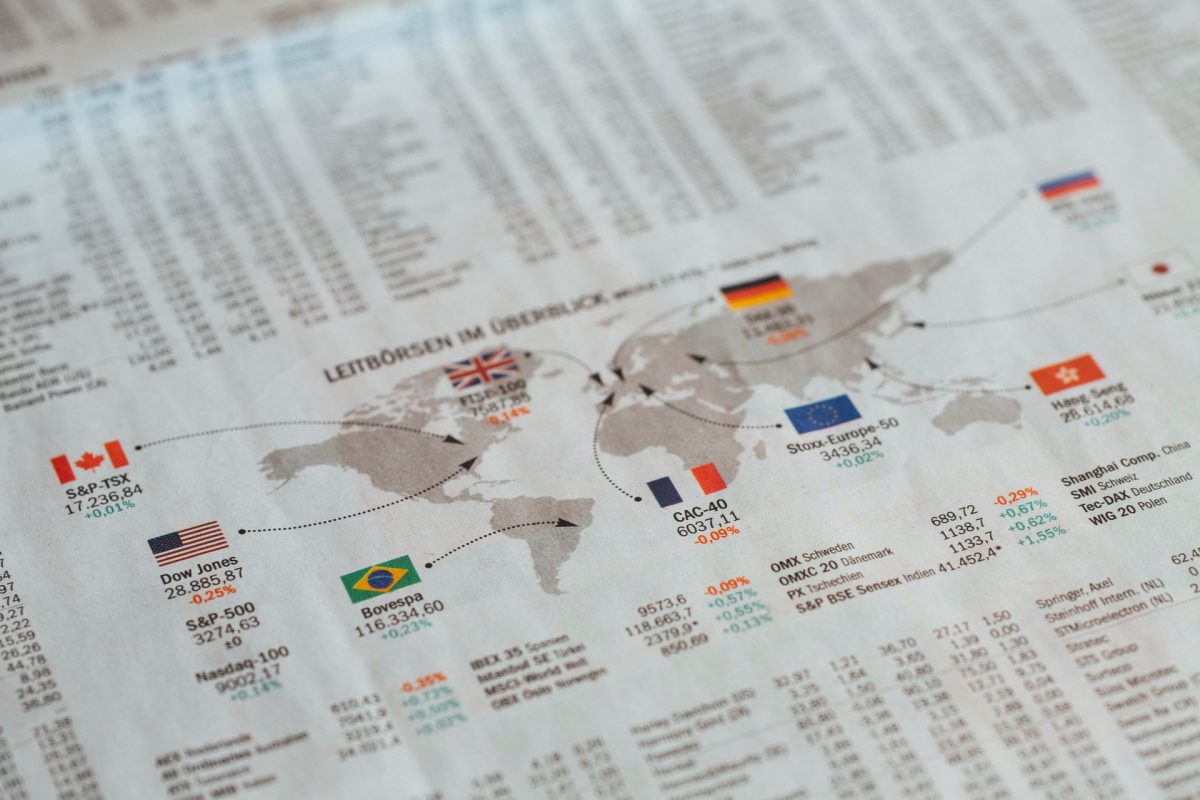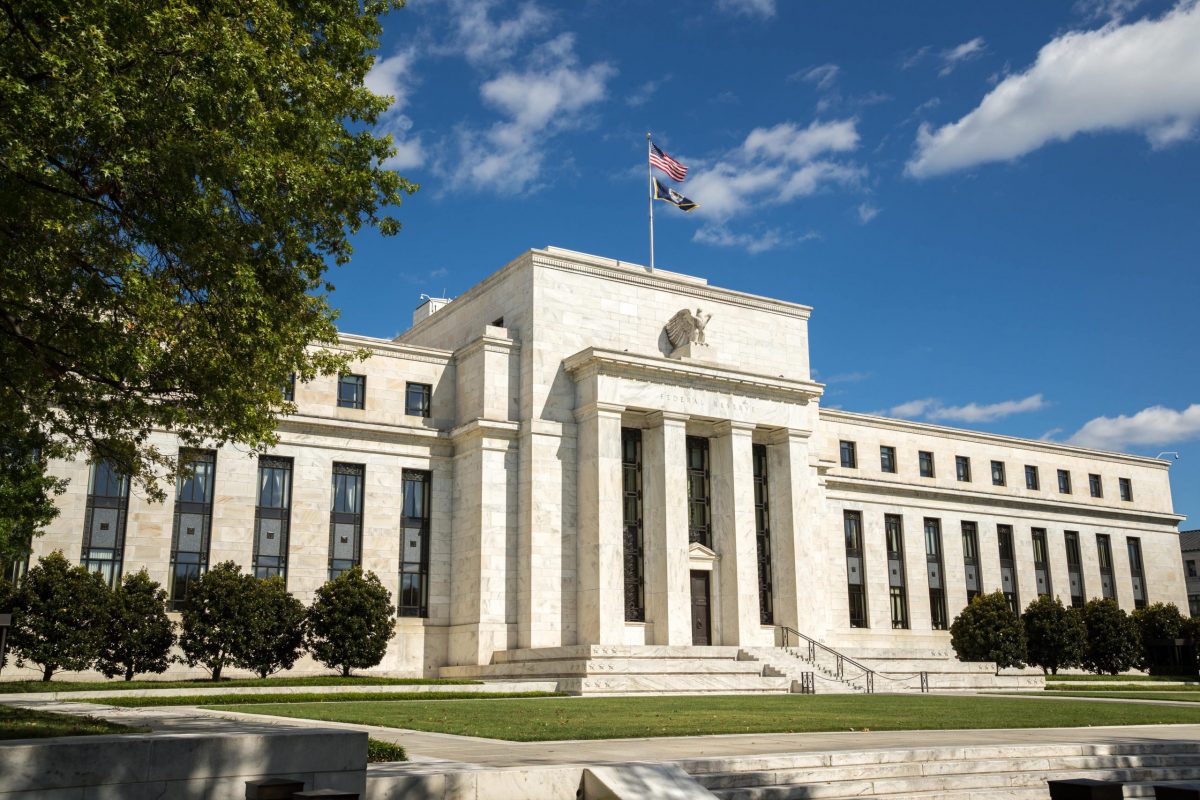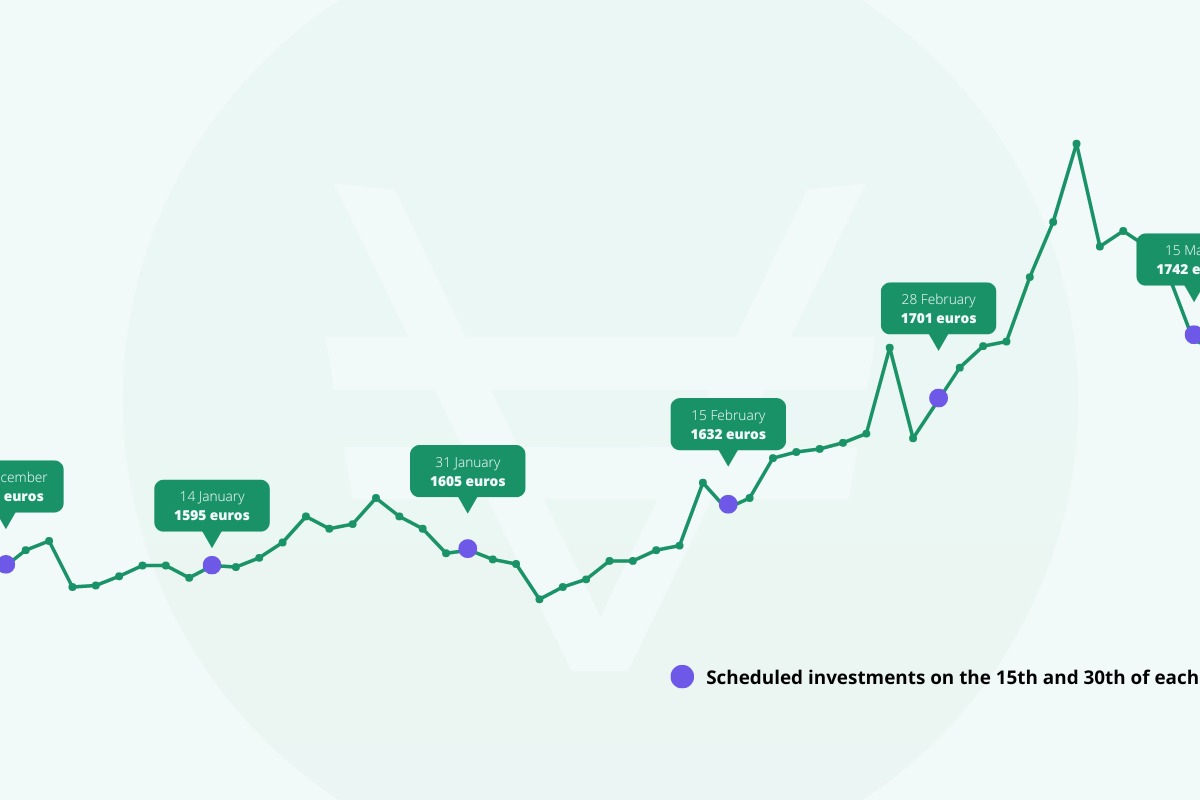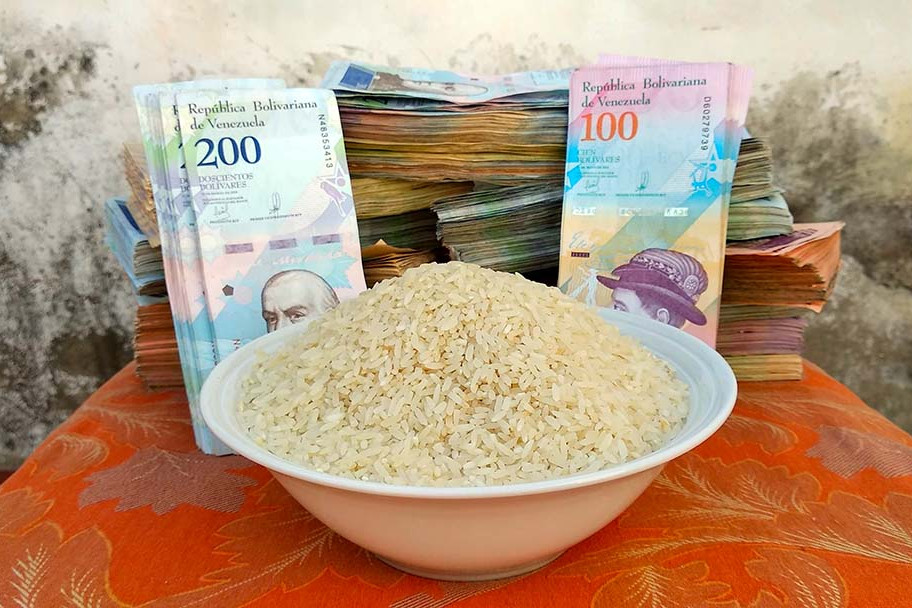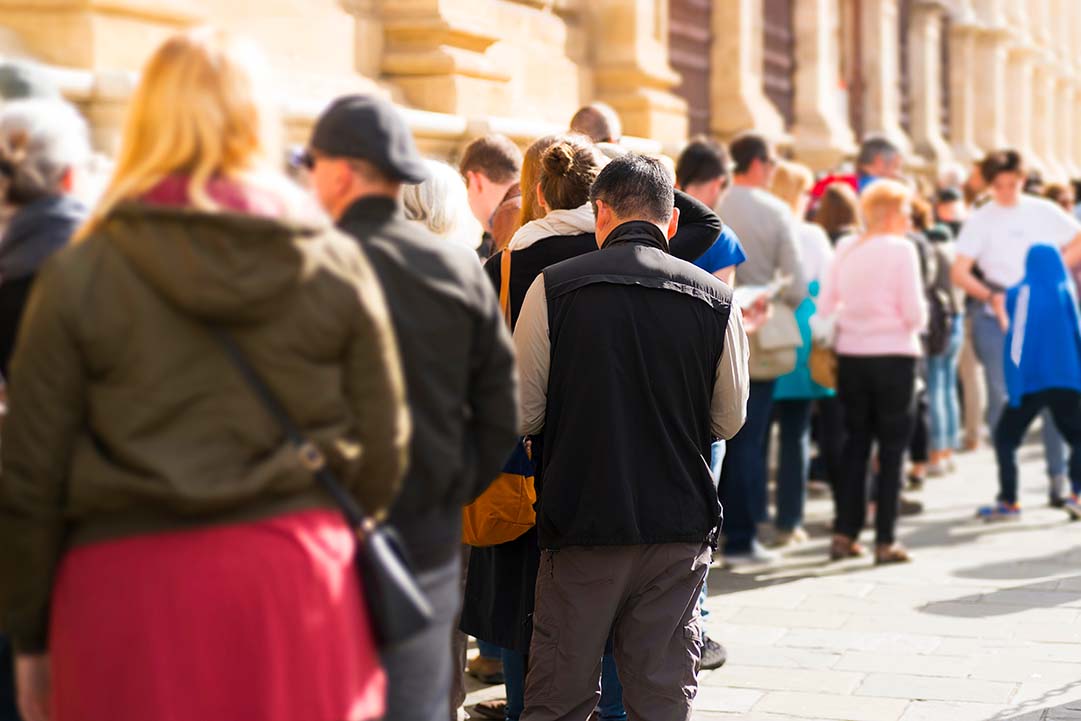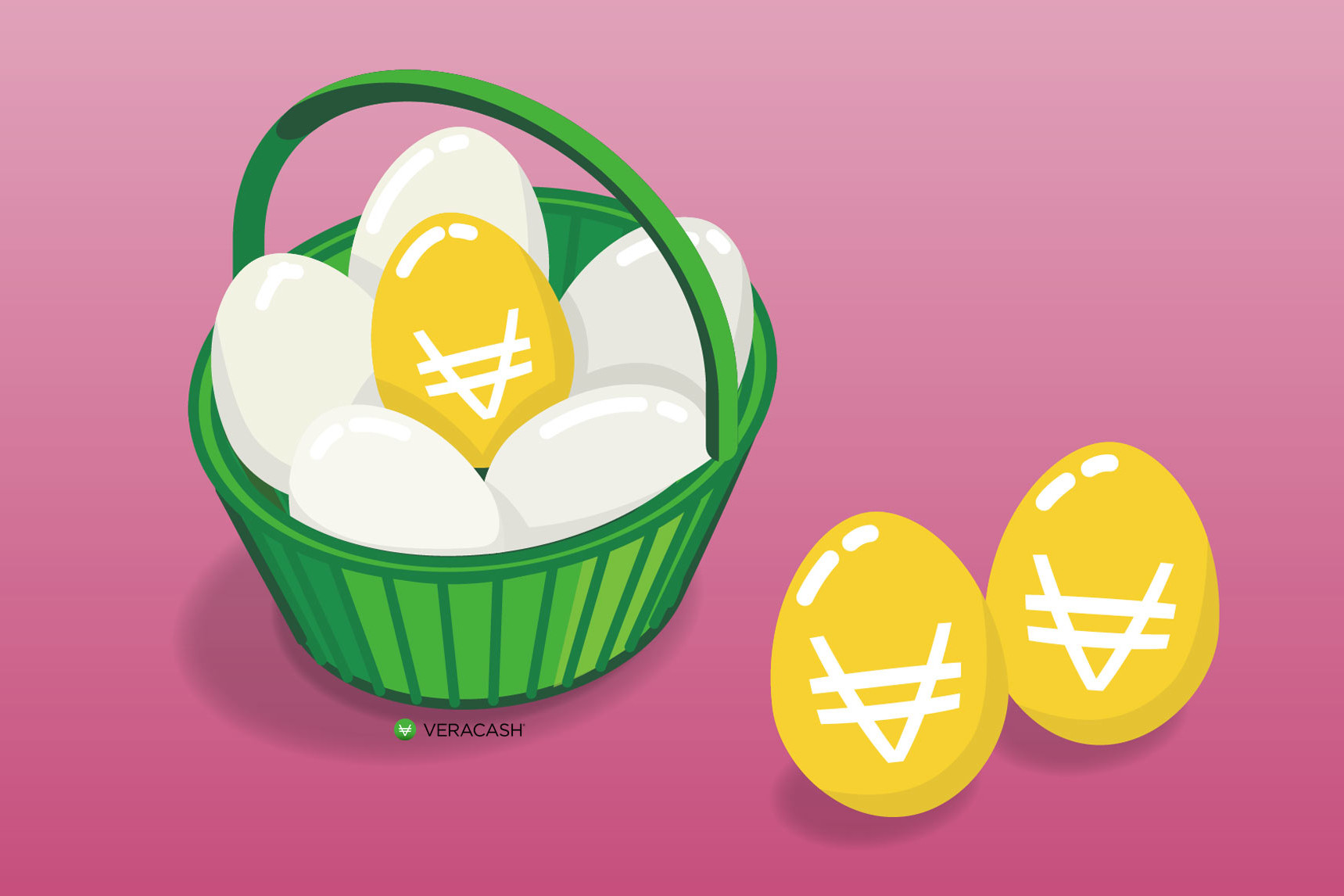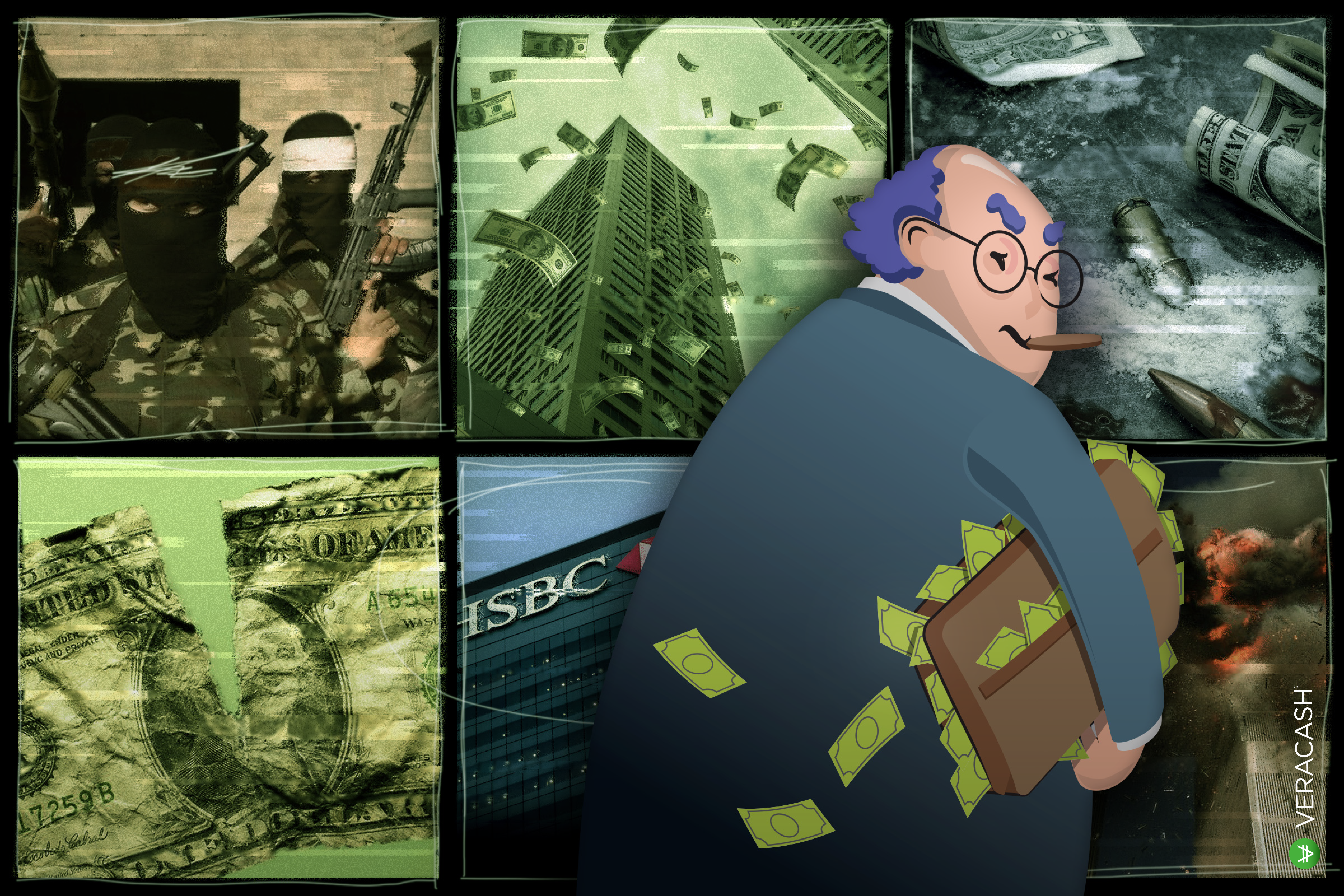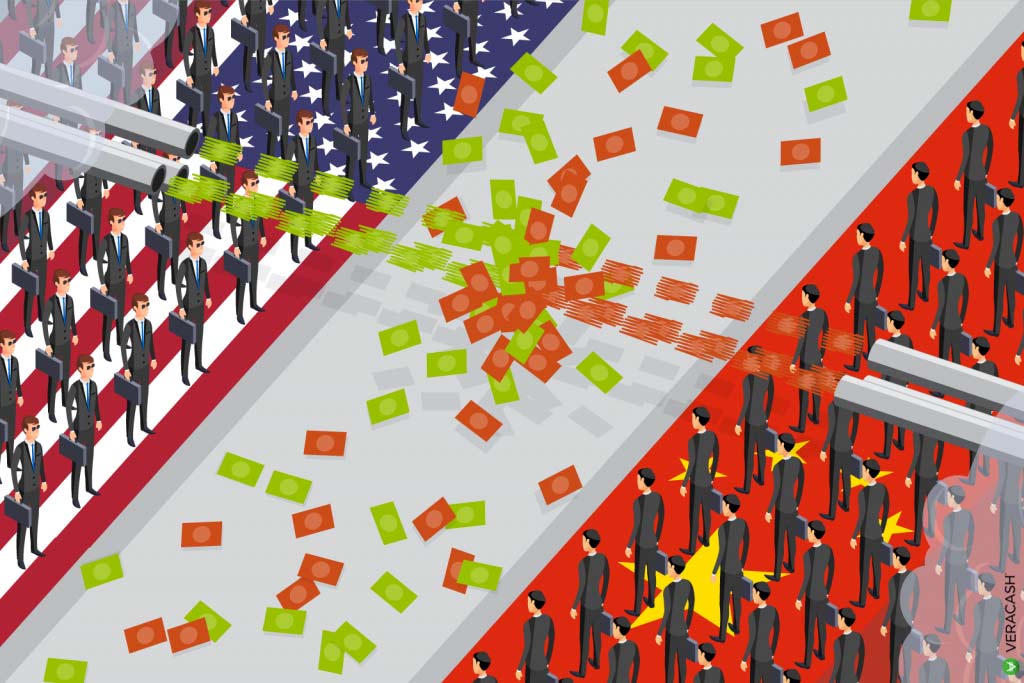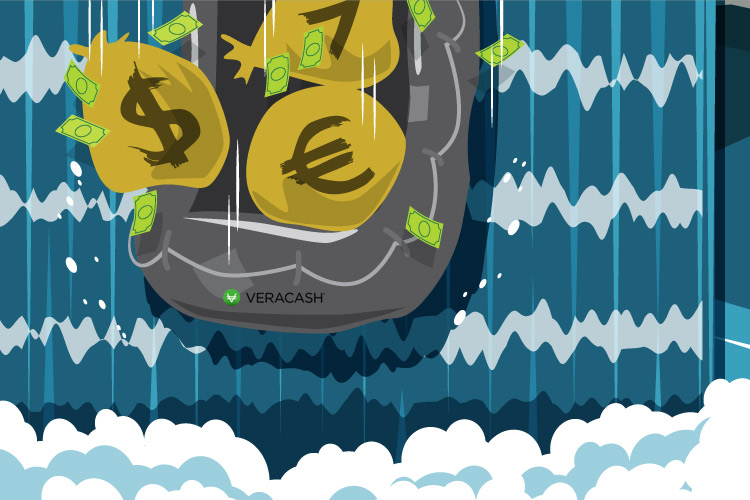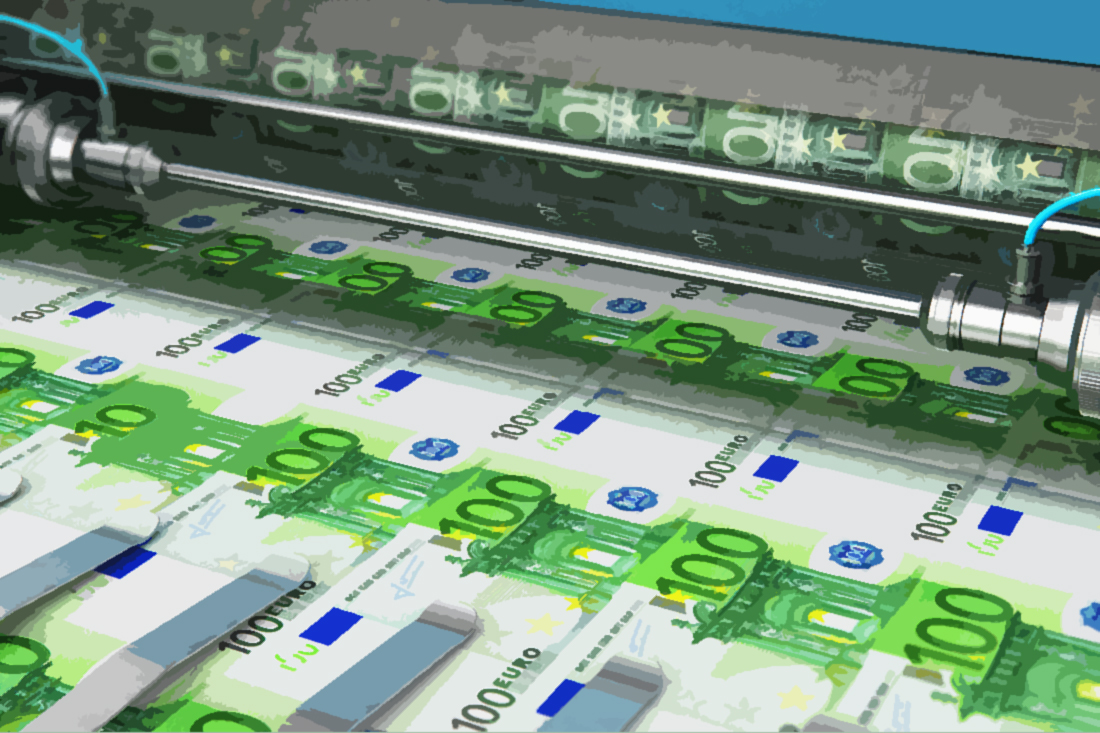29 September 2023
There’s no such thing as a risk-free investment!
19 June 2023
ECB, FED: 8 questions to understand their role in the economy
Essential to the monetary balance as well as to the financial stability,…
11 May 2023
DCA or the smart art of buying gold
The health crisis of the last two years and the current geopolitical turmoil…
21 February 2023
Could inflation be both the problem and the solution?
Rising prices are undoubtedly the indicator that speaks loudest to the most…
22 March 2022
Bank run: Do we need to worry about a wave of banking panic?
At the moment, there is a new wave that is not talked about as often : the…
27 January 2022
How can we diversify savings at times of crisis?
1 October 2020
FinCEN Files: A swirl of revelations about banks and money laundering
FinCEN Files, the scandal making banks tremble. VeraCash reviews the abuses in…
7 August 2019
How can we prepare for the currency war?
Once you realize that the States can wage war against one another by means of…
23 July 2019
Who creates money?
What is fiat money? What is bank money? What is money creation? Find all the…
- 1
- 2
